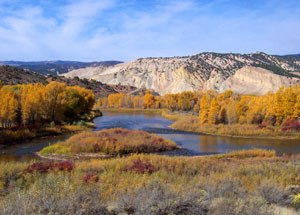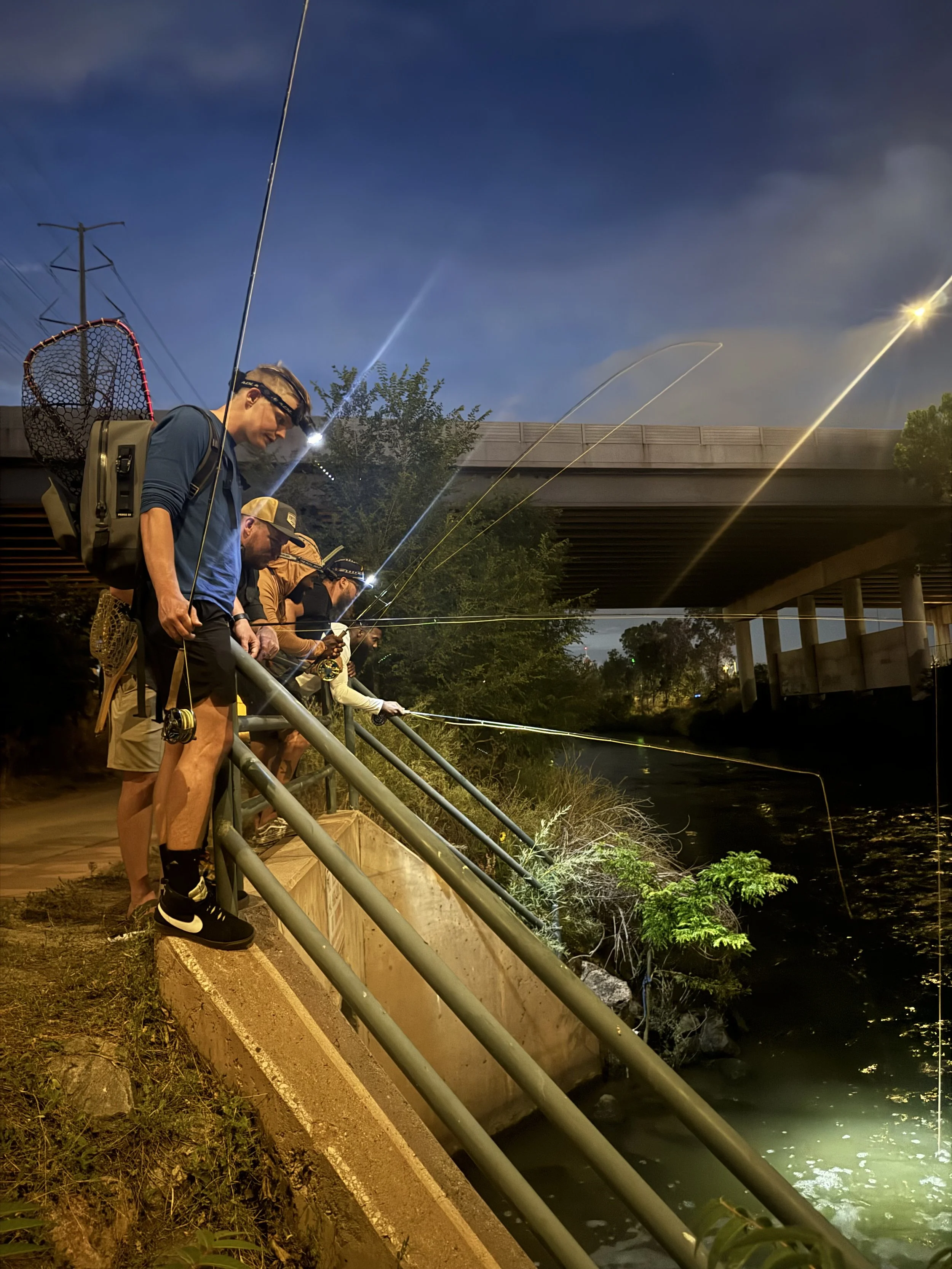Durango, Colo. — Trout Unlimited announced today its strong support for S. 1635, the San Juan Mountains Wilderness Act of 2011. The bill, authored by Sen. Mark Udall and co-sponsored by Sen. Michael Bennet, would conserve more than 60,000 acres of outstanding fish and wildlife habitat on public land in Southwest Colorado, and with it, countless opportunities for sportsmen and women to hunt, fish and provide sustainable economic benefits to the communities in the region.
“This is a beautiful, high-altitude area that is heavily used by both local sportsmen and visitors to our area,” said Marshall Pendergrass, current president of TU’s Gunnison Gorge Anglers chapter and resident of Montrose. “It’s the key to the tourism economy of Telluride and Ouray.”
Local TU members worked with fellow residents and several conservation organizations to help craft the legislation, which has the support of a wide variety of stakeholders in the area.
“I’ve attended meetings on this proposal from the beginning, and this bill is not a surprise coming down on this area from federal officials. This bill was crafted from the grassroots,” said Ouray resident Tony Chelf, an active member of the Gunnison Gorge Anglers chapter. “It wasn’t easy, but now that the work is done, the bill ought to be passed quickly.”
Both Pendergrass and Chelf, joined by the 10,000 members of Colorado Trout Unlimited, called on Colorado Rep. Scott Tipton to support a twin measure in the House of Representatives to ensure the bill’s speedy passage through Congress.
“This isn’t a partisan measure,” Chelf said. “It’s not only what the majority of people in this area want to see, it’s a win-win for everyone.”
See also:
 Good advice for proponents of Chimney Hollow Reservoir
Good advice for proponents of Chimney Hollow Reservoir







